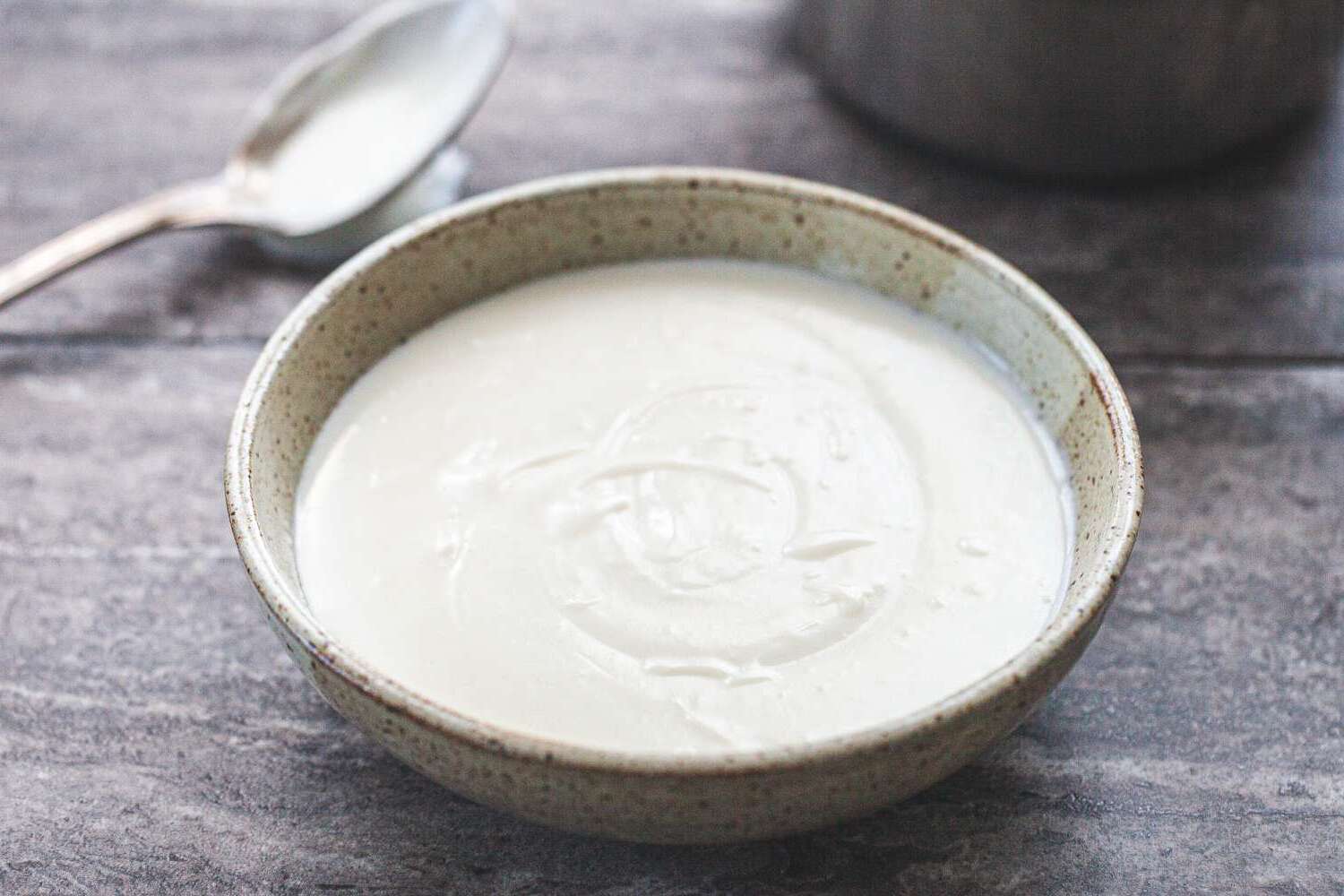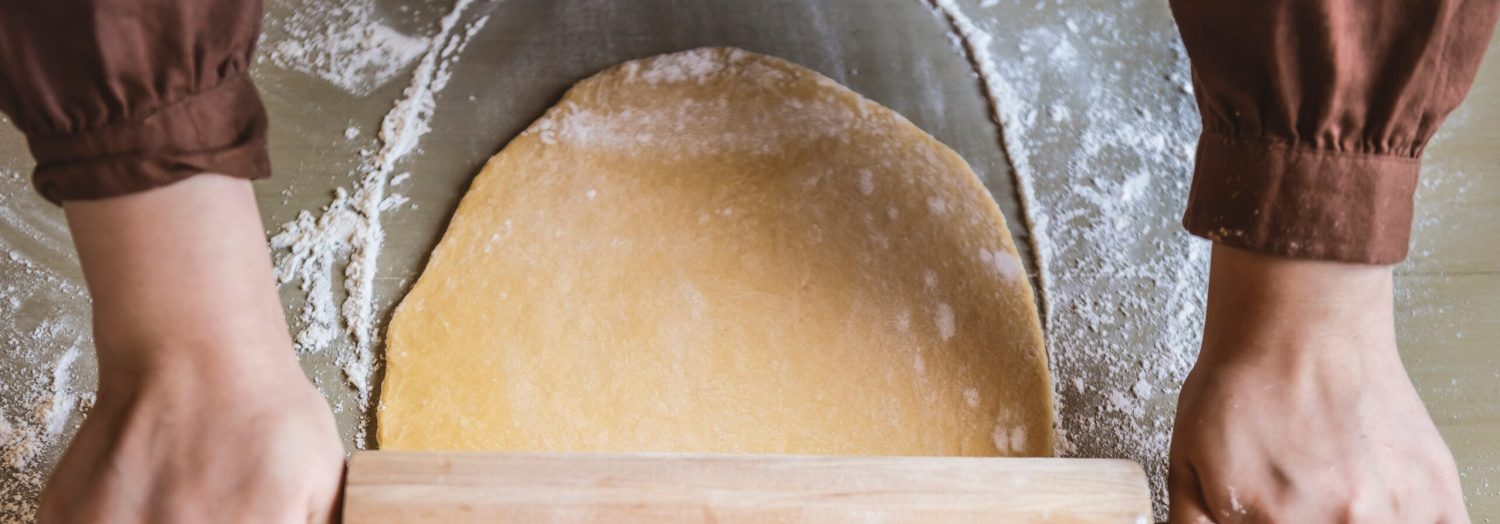The bechamel sauce is a classic French sauce that serves as a versatile base for many dishes, from creamy pasta to rich gratins. Its silky texture and subtle flavor make it a staple in both home kitchens and professional settings. With just a few simple ingredients, you can create a luscious sauce that elevates any meal. Whether you're a seasoned cook or a beginner, mastering this sauce will expand your culinary repertoire and add a touch of elegance to your cooking.
When preparing to make bechamel sauce, you might find that ground white pepper and ground nutmeg are not as commonly stocked in every pantry as other ingredients. Ground white pepper offers a milder heat compared to black pepper and is often used in light-colored dishes to maintain a uniform appearance. Ground nutmeg, while optional, adds a warm, aromatic note to the sauce. Both can be found in the spice aisle of most supermarkets.

Ingredients For Basic Bechamel Sauce Recipe
Butter: This is the fat component that combines with flour to create a roux, which thickens the sauce.
All-purpose flour: Used to form a roux with the butter, it acts as a thickening agent for the sauce.
Milk: Preferably warm, it is gradually added to the roux to create the sauce's creamy base.
Salt: Enhances the overall flavor of the sauce.
Ground white pepper: Provides a subtle heat without altering the sauce's color.
Ground nutmeg: Optional, it adds a warm, aromatic flavor to the sauce.
Technique Tip for Making This Sauce
When preparing a bechamel sauce, it's crucial to ensure the milk is warm before adding it to the roux of butter and flour. This helps the sauce thicken more smoothly and prevents the formation of lumps. Additionally, using a whisk continuously while incorporating the milk will create a velvety texture. For an extra layer of flavor, consider infusing the milk with aromatics like bay leaves or onion before adding it to the sauce.
Suggested Side Dishes
Alternative Ingredients
butter - Substitute with margarine: Margarine can be used as a non-dairy alternative to butter, providing a similar fat content and texture for the bechamel sauce.
butter - Substitute with olive oil: Olive oil offers a healthier fat option and can create a slightly different flavor profile while maintaining the sauce's consistency.
all-purpose flour - Substitute with cornstarch: Cornstarch can be used as a thickening agent, though it may result in a slightly different texture. Use half the amount of cornstarch compared to flour.
all-purpose flour - Substitute with gluten-free flour: For a gluten-free option, use a gluten-free flour blend to maintain the sauce's thickness without gluten.
milk - Substitute with almond milk: Almond milk provides a dairy-free alternative that can still create a creamy texture, though it may impart a subtle nutty flavor.
milk - Substitute with soy milk: Soy milk is another dairy-free option that offers a neutral flavor and similar consistency to cow's milk.
salt - Substitute with soy sauce: Soy sauce can add a salty flavor along with a touch of umami, but use it sparingly to avoid overpowering the sauce.
ground white pepper - Substitute with ground black pepper: Black pepper can be used if white pepper is unavailable, though it may add a slightly more robust flavor and visible specks.
ground nutmeg - Substitute with ground cinnamon: Ground cinnamon can provide a warm, sweet spice note similar to nutmeg, though use it sparingly to avoid overpowering the sauce.
Alternative Recipes Similar to This Sauce
How to Store or Freeze This Sauce
Allow the bechamel sauce to cool to room temperature before storing. This prevents condensation, which can lead to a watery sauce.
Transfer the cooled sauce into an airtight container or a resealable plastic bag. If using a bag, ensure you squeeze out as much air as possible to prevent freezer burn.
Label the container or bag with the date of preparation. This helps you keep track of freshness and ensures you use it within a reasonable time frame.
Store the sauce in the refrigerator if you plan to use it within 3-4 days. For longer storage, place it in the freezer, where it can last up to 3 months.
When ready to use, thaw the frozen bechamel sauce in the refrigerator overnight. This gradual thawing helps maintain its creamy texture.
Reheat the sauce gently on the stovetop over low heat, stirring frequently to prevent scorching. If the sauce appears too thick, add a splash of milk or cream to reach the desired consistency.
If the sauce separates or becomes lumpy during reheating, whisk it vigorously or use an immersion blender to restore its smoothness.
Consider adding a touch of fresh seasoning, such as a pinch of salt or nutmeg, to refresh the flavors after reheating.
How to Reheat Leftovers
gently reheat the bechamel sauce on the stovetop over low heat. Stir continuously to maintain its creamy texture and prevent it from sticking to the pan. If the sauce appears too thick, add a splash of warm milk to reach your desired consistency.
use a double boiler for a more controlled reheating process. Place the sauce in a heatproof bowl over a pot of simmering water. Stir occasionally until it reaches the desired temperature, ensuring it remains smooth and velvety.
if you're in a hurry, the microwave can be a quick option. Transfer the sauce to a microwave-safe container, cover it loosely, and heat in short intervals of 15-20 seconds, stirring in between to ensure even heating and prevent lumps.
for a creative twist, incorporate the reheated bechamel sauce into a casserole or pasta bake. As it heats in the oven, it will meld beautifully with other ingredients, adding a luscious layer of flavor and texture.
transform the leftover sauce into a creamy soup base. Gently reheat it on the stovetop, then add broth, vegetables, or cooked chicken to create a comforting dish that breathes new life into your leftovers.
Essential Tools for Making This Sauce
Saucepan: A medium-sized saucepan is essential for melting the butter and cooking the sauce evenly over medium heat.
Whisk: A whisk is crucial for blending the flour into the butter and for incorporating the milk smoothly, preventing lumps from forming.
Measuring spoons: Use measuring spoons to accurately measure the butter and flour, ensuring the right consistency for the roux.
Measuring cup: A measuring cup is needed to measure the milk, ensuring you add the correct amount gradually to the roux.
Stove: The stove provides the heat source necessary for cooking the sauce to the right thickness and consistency.
Ladle: A ladle can be useful for serving the sauce once it's ready, ensuring a smooth pour over your dish.
Time-Saving Tips for Making This Sauce
Pre-measure ingredients: Measure all ingredients like butter, flour, and milk before starting. This ensures a smooth cooking process without interruptions.
Use warm milk: Warm the milk before adding it to the roux. This helps the sauce thicken faster and prevents lumps.
Whisk continuously: Keep whisking the sauce to avoid lumps and ensure a smooth texture.
Make in bulk: Double or triple the recipe and store extra sauce in the fridge for future use.
Prep in advance: Prepare the bechamel sauce ahead of time and reheat gently when needed.

Basic Bechamel Sauce Recipe
Ingredients
Main Ingredients
- 2 tablespoon Butter
- 2 tablespoon All-purpose flour
- 2 cups Milk preferably warm
- to taste Salt
- to taste Ground white pepper
- to taste Ground nutmeg optional
Instructions
- Melt the butter in a saucepan over medium heat.
- Add the flour and whisk continuously for about 1-2 minutes, until it forms a smooth paste and starts to bubble.
- Gradually add the warm milk, whisking constantly to prevent lumps.
- Continue to cook and whisk until the sauce thickens and comes to a boil.
- Season with salt, white pepper, and nutmeg if using. Serve warm.
Nutritional Value
Keywords
More Amazing Recipes to Try 🙂
- Watermelon Feta Salad15 Minutes
- Ricotta Cheese Recipe40 Minutes
- Pizza Sauce Recipe30 Minutes
- Southern Coleslaw Recipe15 Minutes
- Garlic Sauce Recipe15 Minutes
- Swedish Meatball Sauce Recipe25 Minutes
- Taco Sauce Recipe15 Minutes
- Vodka Sauce Recipe40 Minutes


Leave a Reply